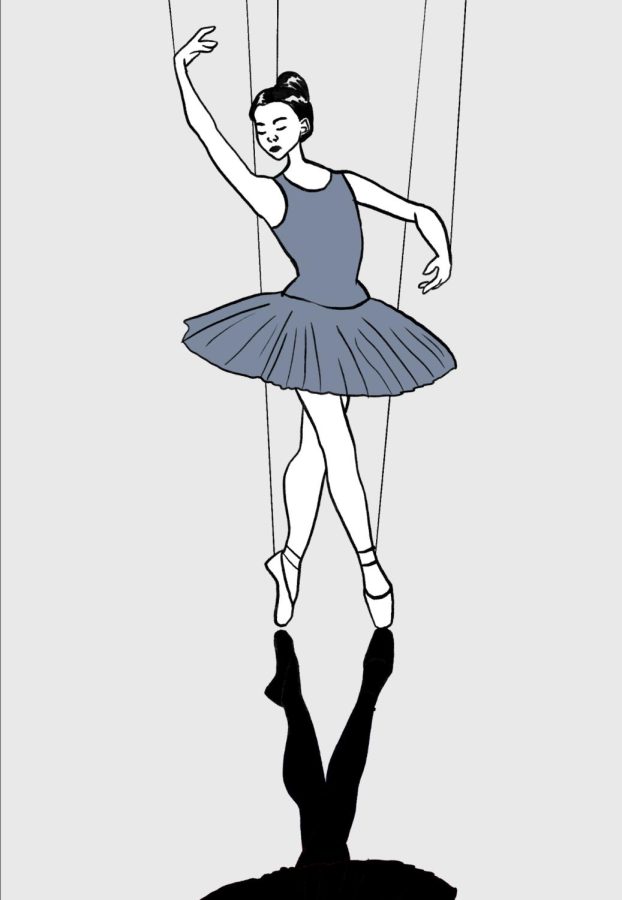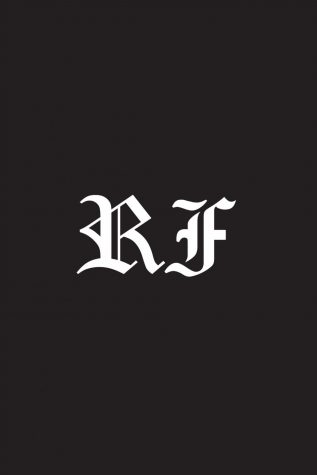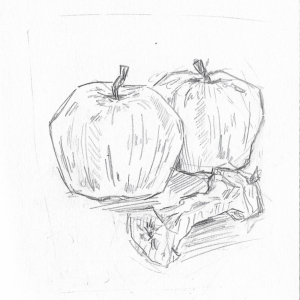Political Dancing: The Significance of Ballet in European Affairs
November 8, 2022
Ballet has long held firm roots in politics across Europe. The dance style first rose to royal prominence in the 17th century in the court of King Louis XIV of France. The king was a dancer and longtime dance enthusiast, and even depleted the French budget during wartime in order to fund court ballroom dances to uphold a reputation of grandeur during international conflict.
More recently, Russia has been a central figure in both political and ballet-related discourse across the globe. Sergei Polunin, a Russian ballet dancer and the youngest ever male principal dancer at the Royal Ballet, has long expressed support for Russian president Vladimir Putin, even displaying a large tattoo of Putin’s face on his chest. His most controversial comments on social media, including displays of extreme Russian nationalism, have been scrutinized heavily by the media. His opinionated posts, however, have not made a return since that controversy—even during the Russian invasion of Ukraine, when many expected the dancer to share his opinions once more. He had declared the beginning of a personal reinvention in an interview with The Telegraph’s Louis Wise, where he stated the possibility of tattoo removal. The reasoning for his reinvention included his seemingly apathetic view towards what he called “thankful letters” sent from Putin himself during Polunin’s frequent returns to Russia. In the dancer’s words, “it’s like, ‘Oh.’” Putin is no stranger to celebrities, having publicly met with American stars such as actor Leonardo DiCaprio and model Naomi Campbell, so it is unsurprising that the president would engage in casual correspondence with Russian celebrities such as Polunin.
On the other side of things, many Russian and Ukrainian ballet dancers have been fleeing their respective home countries. Olga Smirnova left her role as prima ballerina, the most premier role for a ballet dancer, at the prestigious Bolshoi Ballet in Moscow out of fear of the war and growing conflicts. “International flights were being canceled and there were rumors the borders would be closed, so we decided to leave,” recalled Smirnova for The Guardian. She left the country in the nighttime with her husband, not even telling her parents, and fled to the Netherlands, where she was quickly hired by the Dutch National Ballet company. She also spoke out against the war on social media, stating that she was against it with “every fiber of [her] soul.” Smirnova wrote, “I never thought I would be ashamed of Russia, I have always been proud of talented Russian people, of our cultural and athletic achievements. But now I feel that a line has been drawn … we cannot remain indifferent to this global catastrophe.” She was careful with her words when being interviewed by The Guardian, understandably. She remarked, “Russia’s reputation has been severely damaged by the actions of Russia’s government.”
Art, in any form, is something to be carefully observed during significant national and global events. It can often be more tell-tale and multi-dimensional than explicit political or legal action.
This piece also appears in our October 2022 print edition.










